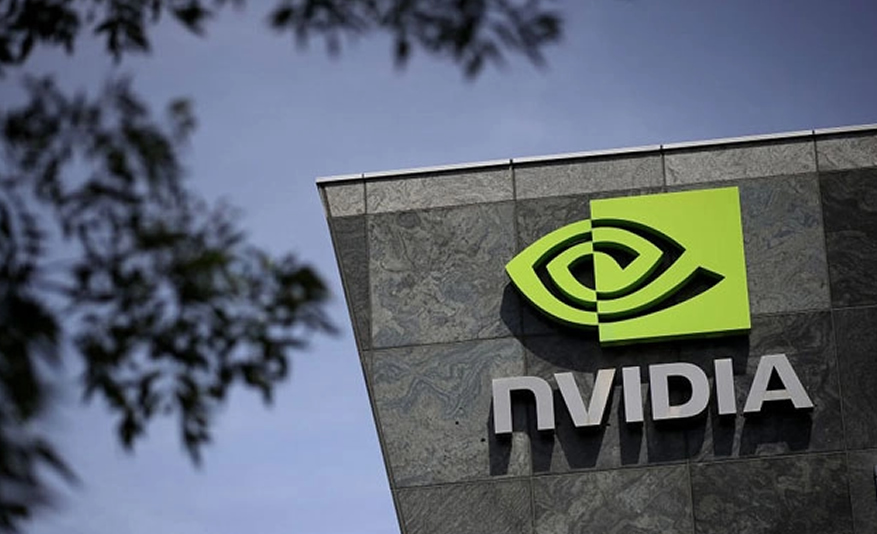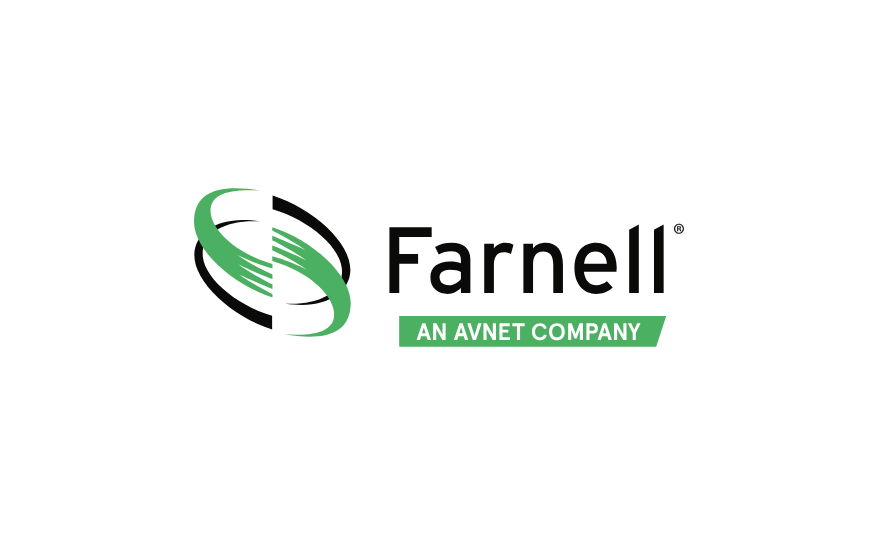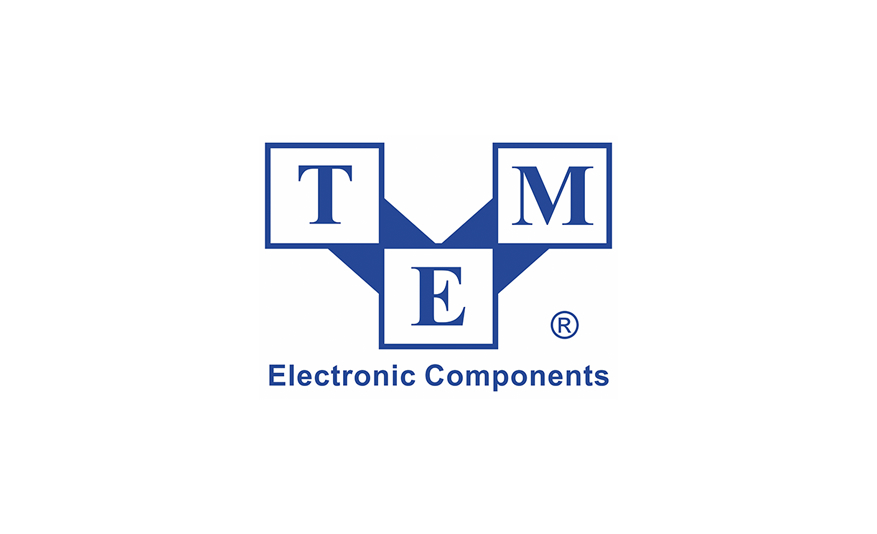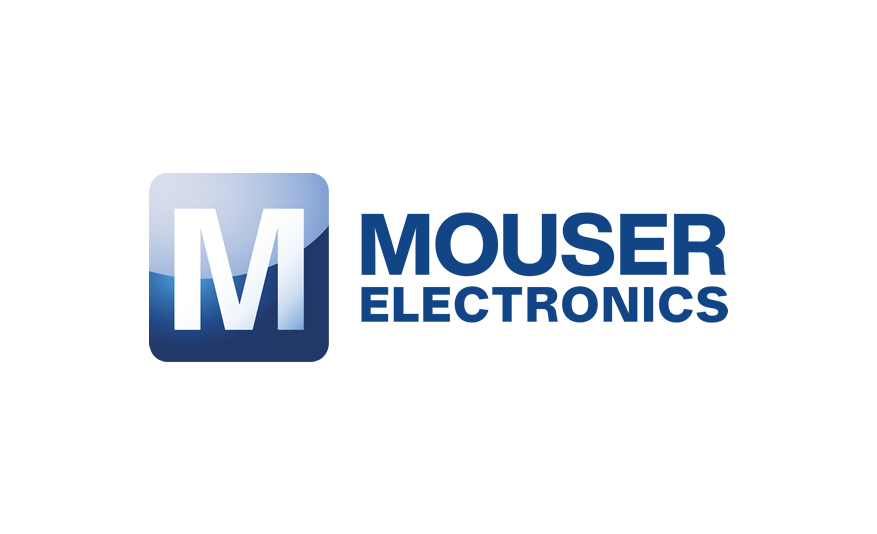The ERP company is releasing its new UI and rolling out more than 350 enhancements based on input from its community of 26,000 developers.

Enterprise resource planning (ERP) platforms are critical to today’s modern businesses. Organizations increasingly rely on these tools as they seek to modernize infrastructure, move to the cloud, automate workflows, and gain competitive advantage.
Artificial intelligence (AI) is becoming integral to all this, and business leaders are clamoring for platforms that are AI-powered and intuitive.
To meet this demand, Acumatica today announced its half-yearly platform update, which includes a new AI-powered user interface (UI) and numerous other AI functions. It is also continuing its expansion into more underserved niche markets.
All told, the company is rolling out more than 350 enhancements based on input from its community of 26,000 developers.
“It’s all around the idea of making it more personalized,” Liz Herbert, VP and principal analyst at Forrester, told CIO. “It’s important for any modern ERP provider to make these kinds of investments. Most leading ERP companies are similarly investing a lot in the modern user experience.”
Automation and AI are critical
Acumatica is a leader in the small and medium business (SMB) ERP market, and is unique in that it offers industry-specific platforms for general business, distribution, retail, manufacturing, and construction. It is cloud-native, making it attractive to customers who want to buy only the specific capabilities they need.
With today’s updates, its customers now have access to a new AI-powered UI that allows users to personalize and simplify screen layouts across teams.
“It’s learning your habits and adapting itself to what you do,” Herbert explained, pointing to rival tools such as Oracle’s AI-based user experience (UX) platform.
Acumatica today also announced AI integration with its general inquiry functionality. This can help users identify exceptions or anomalies in transaction reviews, it said.
Herbert pointed out that tools such as optical character recognition (OCR) can analyze images to extract information and learn over time. “It’s fairly basic but it can make a big difference in efficiency and accuracy,” she said.
Ultimately, enterprises of all sizes should automate processes, Herbert noted, “especially any routine or quasi-routine tasks.”
She described ERP as a “laggard category,” especially compared to CRM, with businesses seeking to overhaul and modernize old tools. Many companies that Acumatica serves are still on older legacy systems and seeking to upgrade. These types of enhancement will be “a catalyst to help them make that leap.”
“AI has been around for decades, but we haven’t been in a position to use it in any really useful way until the last decade,” she noted.
Expanding presence in more targeted markets
Expanding further into niche, underserved markets, Acumatica today announced a new Industry Edition category for professional services. Available later this month, this will target computer and IT services, consultants, architects, and engineering. New features will support customer service and customer lifecycle management, while also incorporating tools for project-based accounting and project and resource management.
“Not everyone else is doing this,” Herbert explained of Acumatica’s targeted Industry Editions, noting that the largest ERP vendors tend to be broad in scope and serve a wide array of businesses. “This opens up new directions for them. It widens the appeal.”
Further, the company announced enhancements to its other Industry Editions, including:
General business: A new direct bank integration will automate reconciliation and expense management, helping users save time while cutting down on errors.
Distribution: New AI-powered sales order margin analysis anomaly detection.
Retail: Support for Amazon returns, and upgrades to the company’s Shopify integration, supporting quantity rules and volume pricing.
Construction: New processes and functions for project billing workflows, including ProForma invoice creation and substantiated billing.
Manufacturing: Enhancements to the Acumatica estimating platform, including a new estimate worksheet supporting costing of multiple quantities to improve accuracy.
‘Infinite possibilities’ for AI
Acumatica, whose direct competitors include NetSuite and Sage, is a mid-sized company with “good growth rates,” Herbert explained. “They cater to smaller companies, and they are smaller.”
All companies, big and small, in the ERP market are rapidly embracing AI. Sage has its AI-powered Copilot, while NetSuite has embedded AI across its suite. The larger vendors are of course rolling out AI at a rapid pace, too. At Dreamforce 2024, for instance, Salesforce was all about AI agents, which are “the next evolution of AI,” Herbert said. SAP has its Intelligent Enterprise suite, while Oracle offers adaptive intelligent apps.
If companies aren’t investing in AI, they’re “seen as a dinosaur,” Herbert noted. “There’s almost no one who says ‘I would never use AI.’”
“Technology keeps getting faster and cheaper,” she said. “There are infinite possibilities in the way that AI will change the business.”
ERPs mean different things to different businesses, Herbert noted, but nearly every modern enterprise wants to ensure that today’s tools incorporate AI to support speed, scale, agility, market share, and competitive advantage. ERP tools must automate every possible workflow, improve decision-making, process steps and clicks, and embed financing.
“The future, the vision, that’s where AI is very important,” she said. “You want to invest in a company that you’re not going to outgrow, that can stay with you on the innovation path.”



















































